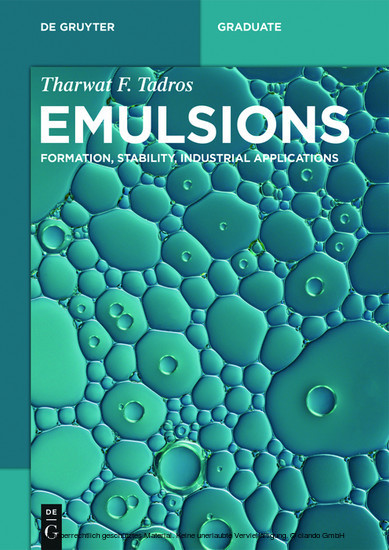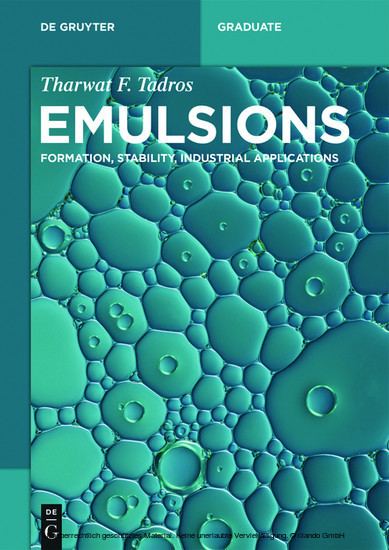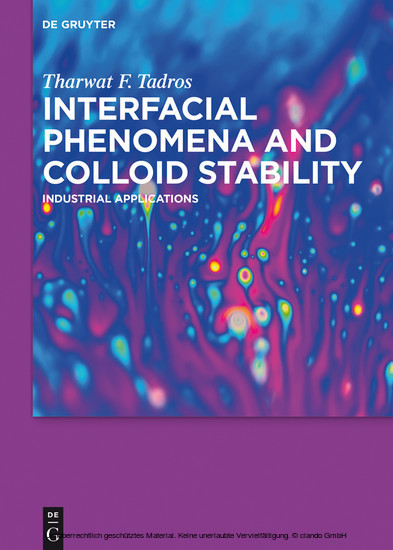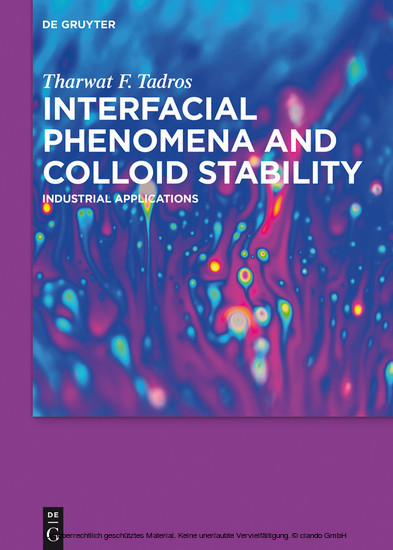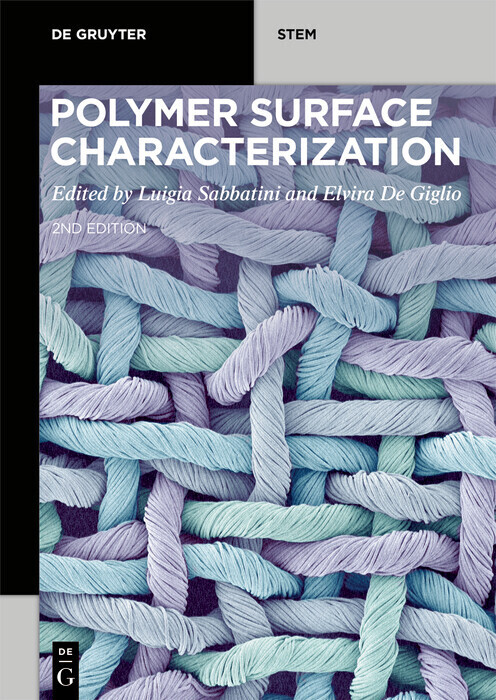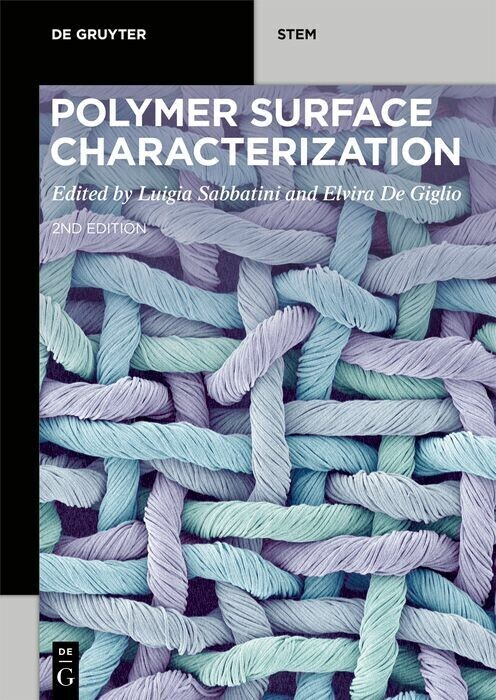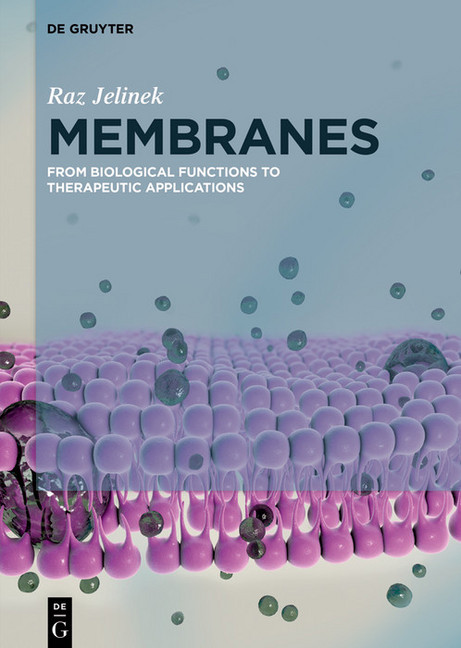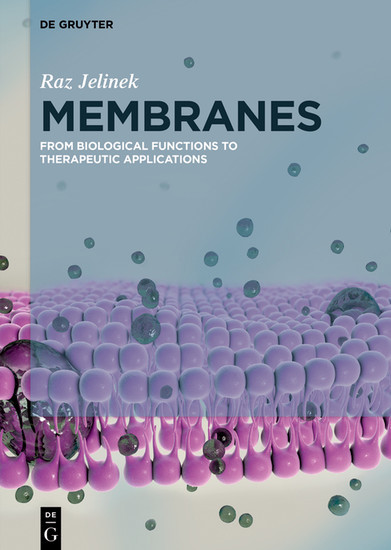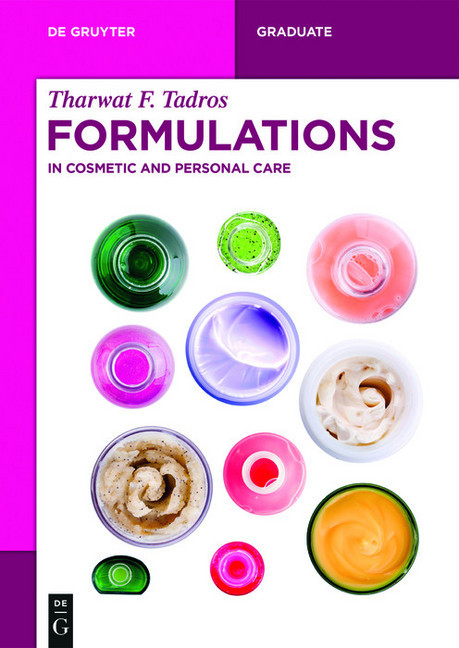An Introduction to Surfactants
Introduction to Surfactants
An Introduction to Surfactants
Introduction to Surfactants
Surfactants are surface active agents, molecules that have a significant role in emulsions, suspensions, and foams. They find widespread application in personal care, cosmetics, pharmaceuticals, agrochemicals and the food industry.Their classification, physical properties, phase behavior, their effects and applications are covered in this book.
Tharwat F. Tadros, Wokingham, UK.
1;Preface;5 2;1 General introduction;13 3;2 General classification of surfactants;17 3.1;2.1 Anionic surfactants;17 3.1.1;2.1.1 Carboxylates;18 3.1.2;2.1.2 Sulfates;18 3.1.3;2.1.3 Sulfonates;19 3.1.4;2.1.4 Isethionates;20 3.1.5;2.1.5 Taurates;21 3.1.6;2.1.6 Phosphate-containing anionic surfactants;21 3.2;2.2 Cationic surfactants;21 3.3;2.3 Amphoteric (zwitterionic) surfactants;23 3.4;2.4 Nonionic surfactants;24 3.4.1;2.4.1 Alcohol ethoxylates;24 3.4.2;2.4.2 Alkyl phenol ethoxylates;25 3.4.3;2.4.3 Fatty acid ethoxylates;25 3.4.4;2.4.4 Sorbitan esters and their ethoxylated derivatives (Spans and Tweens);25 3.4.5;2.4.5 Ethoxylated fats and oils;27 3.4.6;2.4.6 Amine ethoxylates;27 3.4.7;2.4.7 Amine oxides;27 3.5;2.5 Speciality surfactants;28 3.5.1;2.5.1 Fluorocarbon and silicone surfactants;28 3.5.2;2.5.2 Gemini surfactants;29 3.5.3;2.5.3 Surfactants derived from mono- and polysaccharides;29 3.5.4;2.5.4 Naturally occurring surfactants;30 3.5.5;2.5.5 Biosurfactants;34 3.5.6;2.5.6 Polymeric surfactants;36 4;3 Aggregation of surfactants, self-assembly structures, liquid crystalline phases;41 4.1;3.1 Thermodynamics of micellization;48 4.1.1;3.1.1 Kinetic aspects;48 4.1.2;3.1.2 Equilibrium aspects: Thermodynamics of micellization;49 4.2;3.2 Enthalpy and entropy of micellization;51 4.3;3.3 Driving force for micelle formation;52 4.4;3.4 Micellization in surfactant mixtures (mixed micelles);54 4.5;3.5 Surfactant self-assembly;57 4.5.1;3.5.1 Structure of liquid crystalline phases;57 4.5.2;3.5.2 Hexagonal phase;58 4.5.3;3.5.3 Micellar cubic phase;59 4.5.4;3.5.4 Lamellar phase;59 4.5.5;3.5.5 Bicontinuous cubic phases;59 4.5.6;3.5.6 Reversed structures;59 4.6;3.6 Experimental studies of the phase behavior of surfactants;60 5;4 Surfactant adsorption at interfaces;63 5.1;4.1 Introduction;63 5.2;4.2 Adsorption of surfactants at the air/liquid (A/L) and liquid/liquid (L/L)interfaces;64 5.2.1;4.2.1 The Gibbs adsorption isotherm;65 5.2.2;4.2.2 Equation of state approach;69 5.2.3;4.2.3 The Langmuir, Szyszkowski and Frumkin equations;70 5.3;4.3 Interfacial tension measurements;71 5.3.1;4.3.1 The Wilhelmy plate method;71 5.3.2;4.3.2 The pendent drop method;72 5.3.3;4.3.3 The Du Nouy's ring method;73 5.3.4;4.3.4 The drop volume (weight) method;73 5.3.5;4.3.5 The spinning drop method;73 5.4;4.4 Adsorption of surfactants at the solid/liquid interface;74 5.4.1;4.4.1 Adsorption of ionic surfactants on hydrophobic surfaces;76 5.4.2;4.4.2 Adsorption of ionic surfactants on polar surfaces;79 5.4.3;4.4.3 Adsorption of nonionic surfactants;81 6;5 Surfactants as emulsifiers;85 6.1;5.1 Introduction;85 6.1.1;5.1.1 Nature of the emulsifier;85 6.1.2;5.1.2 Structure of the system;86 6.1.3;5.1.3 Breakdown processes in emulsions;86 6.2;5.2 Physical chemistry of emulsion systems;89 6.2.1;5.2.1 The interface (Gibbs dividing line);89 6.2.2;5.2.2 Thermodynamics of emulsion formation and breakdown;90 6.2.3;5.2.3 Interaction energies (forces) between emulsion droplets and their combinations;92 6.3;5.3 Mechanism of emulsification;97 6.3.1;5.3.1 Methods of emulsification;98 6.3.2;5.3.2 Role of surfactants in emulsion formation;100 6.3.3;5.3.3 Role of surfactants in droplet deformation;101 6.4;5.4 Selection of emulsifiers;104 6.4.1;5.4.1 The Hydrophilic-Lipophile Balance (HLB) concept;104 6.4.2;5.4.2 The Phase Inversion Temperature (PIT) concept;107 6.5;5.5 Stabilization of emulsions;109 6.5.1;5.5.1 Creaming or sedimentation and its prevention;109 6.5.2;5.5.2 Flocculation of emulsions and its prevention;110 6.5.3;5.5.3 Ostwald ripening and its reduction;111 6.5.4;5.5.4 Emulsion coalescence and its prevention;112 7;6 Surfactants as dispersants and stabilization of suspensions;115 7.1;6.1 Introduction;115 7.2;6.2 Role of surfactants in preparation of solid/liquid dispersions (suspensions);115 7.2.1;6.2.1 Role of surfactants in condensation methods. Nucleation and growth;116 7.2.2;6.2.2 Emulsion polymerization;117 7.2.3;6.2.3 Dispersion polymerization;119 7.2.4;6.2.4 Role of surfa
Tadros, Tharwat F.
| ISBN | 9783110312133 |
|---|---|
| Artikelnummer | 9783110312133 |
| Medientyp | E-Book - PDF |
| Copyrightjahr | 2014 |
| Verlag | Walter de Gruyter GmbH & Co.KG |
| Umfang | 235 Seiten |
| Sprache | Englisch |
| Kopierschutz | Digitales Wasserzeichen |



